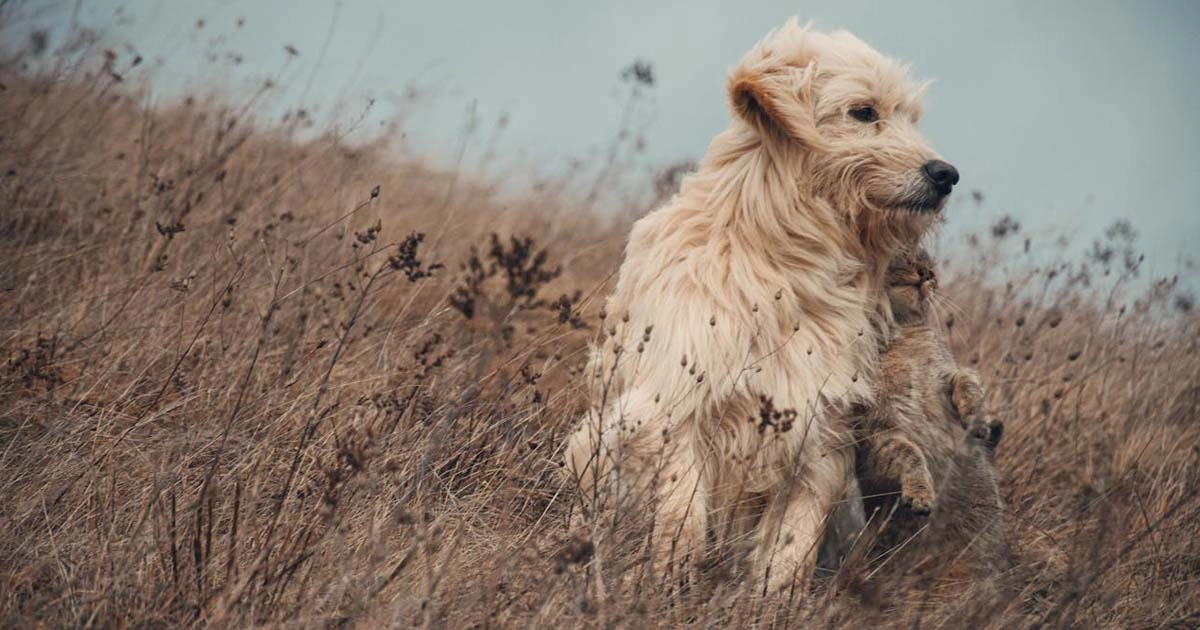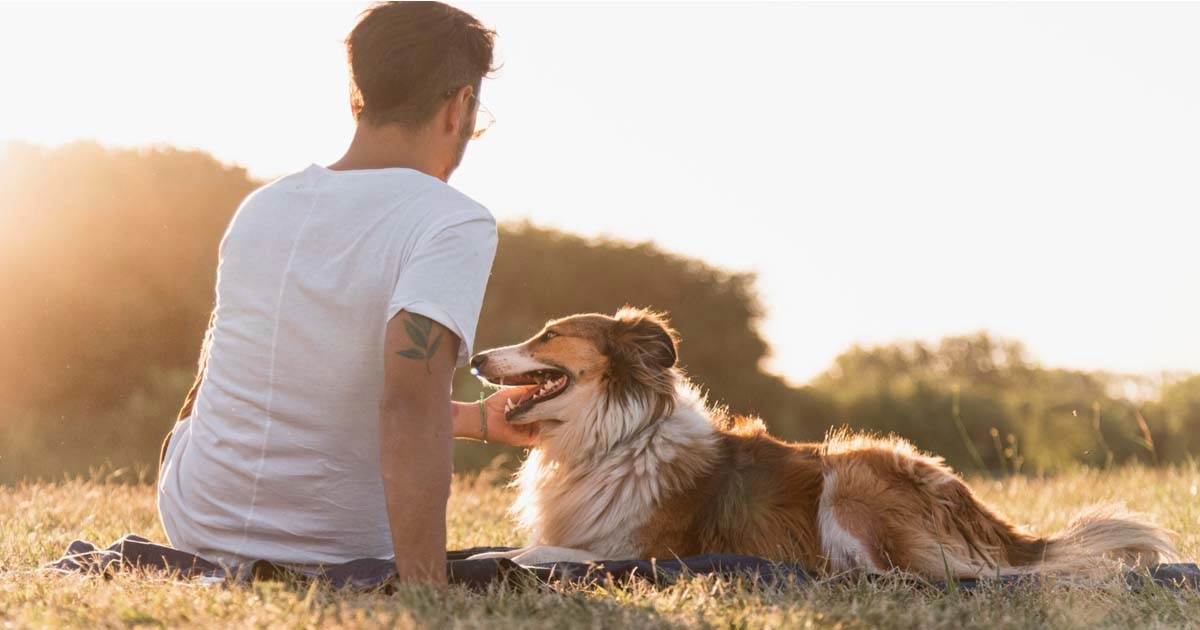Understanding GDV in dogs: Causes, symptoms, and prevention

Dog
25/11/2024

What is GDV in Dogs? One of the worst and most life-threatening conditions that can affect dogs is a condition commonly known as bloat, or Gastric Dilatation-Volvulus (GDV). At mybestie.gr we have to highlight and analyse this dangerous condition.
Table of contents
What is GDV?
When the dog's stomach is over-inflated with gas, food, or fluid and then twists on itself. This twisting effectively cuts off blood flow to the stomach and prevents any gas or contents from escaping, quickly leading to shock and, without intervention, death. The condition develops rapidly and requires immediate medical attention to save the dog's life.
Why does GDV happen?
The true causes of GDV remain unclear, but a few contributing factors have been identified by veterinarians. Eating habits are a significant factor, where dogs consuming large meals in a hurry are more prone to this condition. Stress or anxiety at the time of feeding can also aggravate the problem. Further, the anatomy of the dog's body is another factor; deep, narrow-chested breeds are particularly prone to this due to their anatomy and the way it affects movement of the stomach. Genetics also play a role, as dogs with first-order relatives that have had GDV are at an increased risk of developing the condition.
Recognizing the symptoms of GDV
Early diagnosis of GDV is important. One of the most noticeable signs is unproductive retching, where it seems the dog is trying to vomit but nothing comes up. Besides this, a dog's abdomen might look bloated or feel particularly hard when touched. Affected dogs often are restlessness, pacing around as a means of searching for comfort, and drooling excessively due to the accompanying discomfort. Their gums will appear pale, the heart rate may increase, and in extreme cases, they can collapse. When any of these symptoms are present, one should immediately consult an emergency veterinary clinic.
Breeds most at risk
While GDV can affect any dog, certain breeds are more susceptible due to their body structure and genetics. Large, deep-chested breeds like Great Danes, German Shepherds, Saint Bernards, and Irish Setters are among the most commonly affected. Interestingly, studies show that approximately half of all Great Danes will experience GDV at some point in their lives. However, this condition is not exclusive to large breeds; even smaller dogs with deep chests, like Dachshunds, can develop GDV. Pet owners with at-risk breeds should remain vigilant and proactive in preventing this condition.
Preventing GDV in dogs
Although it is not possible to completely prevent GDV, there are several strategies to greatly reduce its risk. Feeding multiple small meals throughout the day rather than one large meal helps minimize stomach distension. Slowing down their eating pace is also important, which can be achieved by using specially designed puzzle feeders made to make meals more interactive. It is also important not to allow dogs to run around too much immediately after or before eating, since their bodies are at higher risk while digesting food. A prophylactic surgical procedure, called gastropexy, which secures the stomach to the abdominal wall to prevent twisting, can be performed on high-risk breeds. Commonly, this is done during routine spay/neuter surgeries on breeds with a high incidence of GDV.
What to do if you suspect GDV
Suspect your dog has GDV, this needs immediate action. In GDV, the progression is so rapid that delays significantly reduce the survival chances of dogs. First, take your dog to an emergency veterinary clinic. In the clinic, the veterinarians will stabilize your dog with intravenous fluids and relieve the gas buildup. Then they untwist the stomach, performing surgery. This procedure is called gastropexy, and it also prevents it from happening again in the future. But even with prompt treatment, GDV can still be fatal in some instances; hence the need for early intervention.
Understanding GDV is crucial for any dog owner; more importantly, it is relevant for owners of breeds in higher risk. Knowing the symptoms, taking precautions, and acting quickly in an emergency make all the difference to ensuring your dog stays safe and sound. If in doubt, always consult with your veterinarian to formulate a specific prevention plan for your pet.











